Small Backyard Natural Swimming Pools
Small Backyard Natural Swimming Pools
A natural swimming pool is a great way to enjoy your backyard without the chemicals. These pools are easy to care for and maintain, and they look great too! Here are some tips on how to build a small backyard natural swimming pool.
What is a natural swimming pool?
A natural swimming pool is an alternative to traditional chlorine-treated pools. This type of pool is created with the use of a balance pond, allowing for a self-cleaning process that relies on plants and beneficial microorganisms in order to purify the water naturally. Natural swimming pools are designed to mimic a lake or a pond and feature two distinct sections: the bathing zone and regeneration zone. The regeneration zone contains submerged upflow filtration that relies on plants that act as biofilters as well as skimmers, which allow for movement of debris from the surface area of the water. The bathing zone contains shallow areas that are usually surrounded by gorgeous stone walkways, islands, or even falls; it’s simply stunning! Using natural methods allows natural swimming pools to maintain crystal clear water without any additional products such as chlorine or other chemical treatments.
Benefits of having a natural swimming pool
Natural swimming pools provide a unique and sustainable alternative to traditional chlorinated swimming pools. Not only are they free of chemicals, but they are also aesthetically pleasing in the surrounding landscape. Being self-cleaning, they naturally filtrate water with beneficial bacteria and plants, functioning similarly to a wetland habitat – filtering debris and improving the quality of nearby water sources. Additionally, due to the low maintenance requirements and lack of chemical treatments, the eco-friendly natural pools are much more affordable over time than a conventional swimming pool. With their numerous benefits for both people and the environment, it is no wonder that more and more people have been incorporating natural swimming pools as part of their outdoor oasis.
Drawbacks of natural swimming pools
Natural swimming pools are a fantastic way to use the environment to create a beautiful and natural area for people to swim in, but there are some drawbacks that you should consider. Firstly, they require more maintenance than traditional pools as they rely on plants to keep them filtered and oxygenated naturally. This means regular pruning, cleaning, and testing of water quality. Secondly, these pools tend to be shallower than conventional swimming pools because of the need to maintain the necessary level of water depth for the plants. Finally, mosquito control could also be an issue as plant-based systems provide an ideal breeding ground for this common insect. For these reasons it’s important to research thoroughly before committing yourself to installing a natural pool.
Tips on how to build a small backyard natural swimming pool
Building a small backyard natural swimming pool Let your imagination be your guide and transform an unused corner of your backyard into a private oasis. A natural swimming pool is a great way to bring the beauty and tranquility of nature right to your home. Utilizing various materials, along with native plants and other ecological principles, you can design a beautiful pool that’s both low-maintenance and environmentally friendly. As you plan for building this mini paradise, make sure to consider all factors such as the size of the pool, sunlight exposure, local climate and landscape preferences. With some research and creative site planning, you can enjoy the serenity of a gorgeous outdoor spot with minimal upkeep – providing countless hours of recreational activities for yourself, family and friends.
Ideas for landscaping around a small backyard natural swimming pool
For those lucky enough to own a small backyard natural swimming pool, there are endless possibilities for landscaping around it. Utilizing local plants, fragrant herbs and flowering bushes can add a level of relaxation. Add a surrounding arbor or pergola with trellises or lattice-work adorned with vines or sun-cured wisteria to create an escape from the hustle and bustle of our hectic lives. When designing around your natural swimming pool, it is important to remember that the use of water-thrifty and sustainable plants would be most beneficial. Talk to your local landscaper about native trees, grasses and flowers that will thrive in the area to minimize maintenance and achieve beautiful seasonal color. Incorporating gravel pathways winding throughout the garden creates visual interest while staying close to nature while still adding personality.
A natural swimming pool offers a number of benefits, making it an attractive and sustainable home environment upgrade for many homeowners. They naturally filter out pollutants, eliminating the need for harsh chemicals. They also promote healthy aquatic life, providing a great habitat for fish and other water-dwelling creatures. Plus, they offer a unique backyard design element that draws the eye and adds aesthetic value to your property. However, natural swimming pools also come with some drawbacks—namely, their cost of installation and maintenance can be high due to the complexity of the ecosystem. Armed with these considerations in mind, you can make an informed decision about whether or not a natural swimming pool is right for you. In addition to considering the tips we’ve shared on building small backyard habitats, plan carefully when landscaping around such projects; integrating aesthetically appealing native plants into your scheme will add contrast, color and texture while still balancing your ecosystem!
Check out our store for all your water gardening needs! Aquascape products are Aquascape Inc. Certified.
Thanks for reading at Meyer Aquascapes! We hope you’ve enjoyed our post on garden pond design. Please leave a comment below if you liked it or have any questions. We’d love to hear from you! Thanks for stopping by!

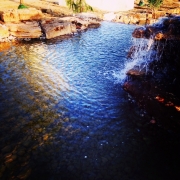 meyer aquascapes
meyer aquascapes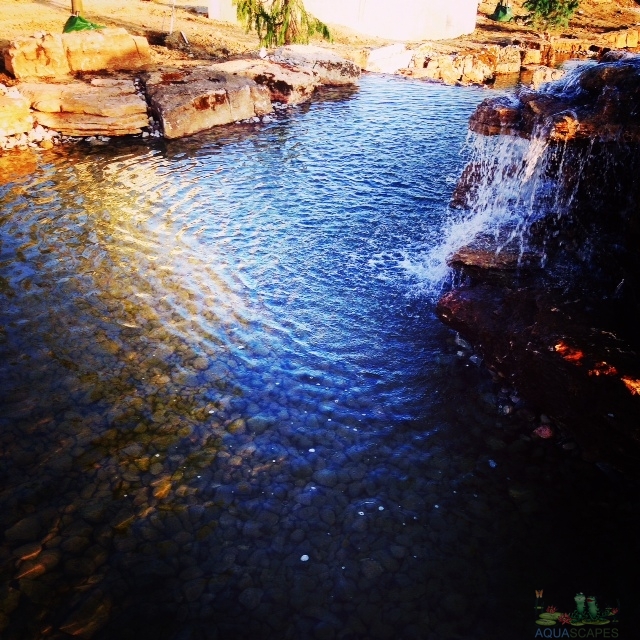
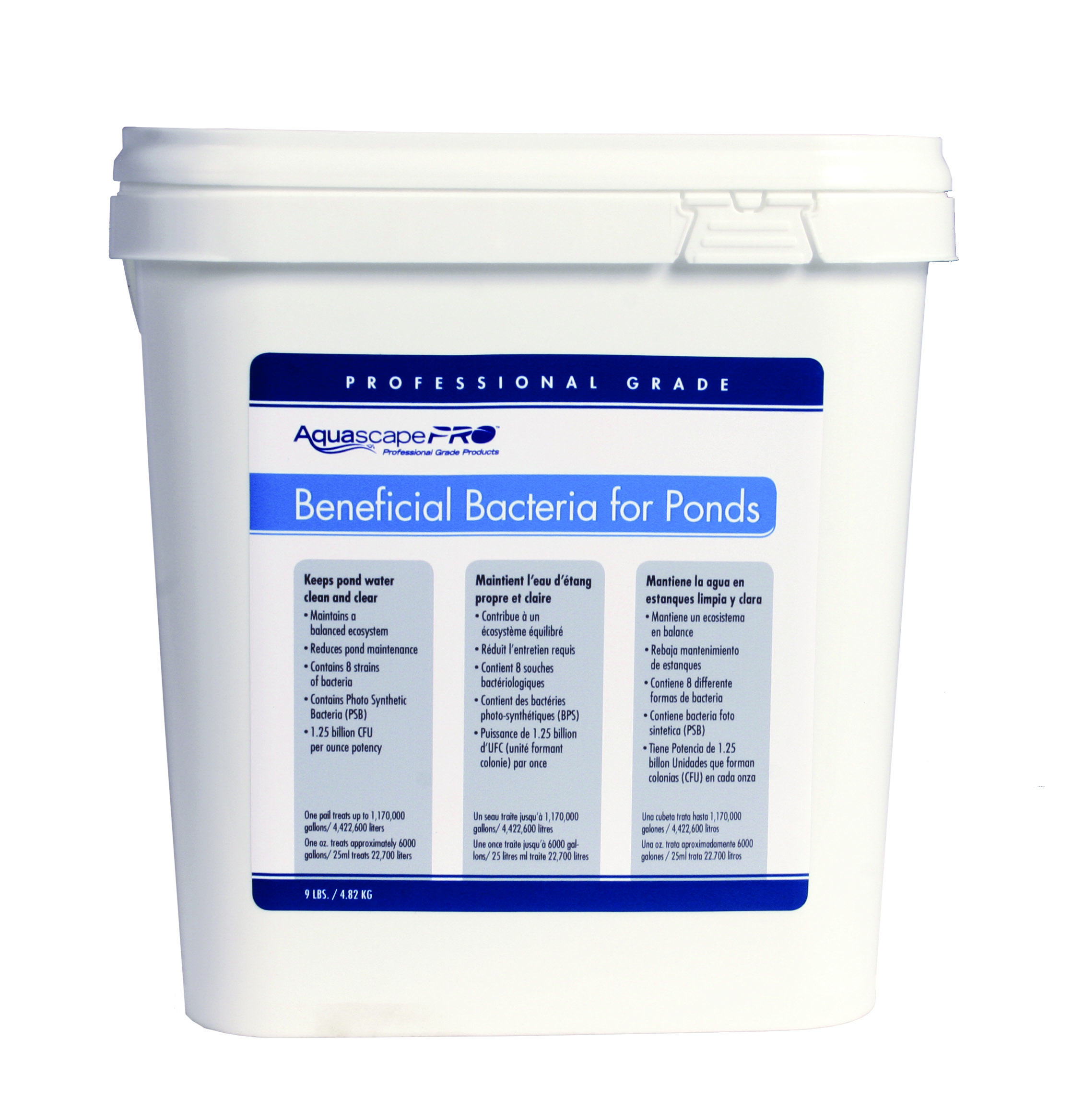
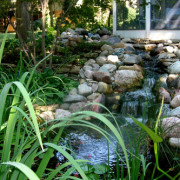 Meyer Aquascapes
Meyer Aquascapes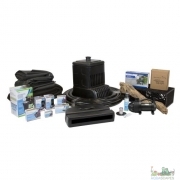


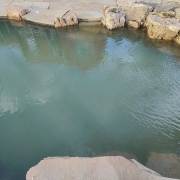 meyer aquascapes
meyer aquascapes
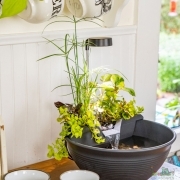
 meyer aquascapes
meyer aquascapes Meyer Aquascpes
Meyer Aquascpes